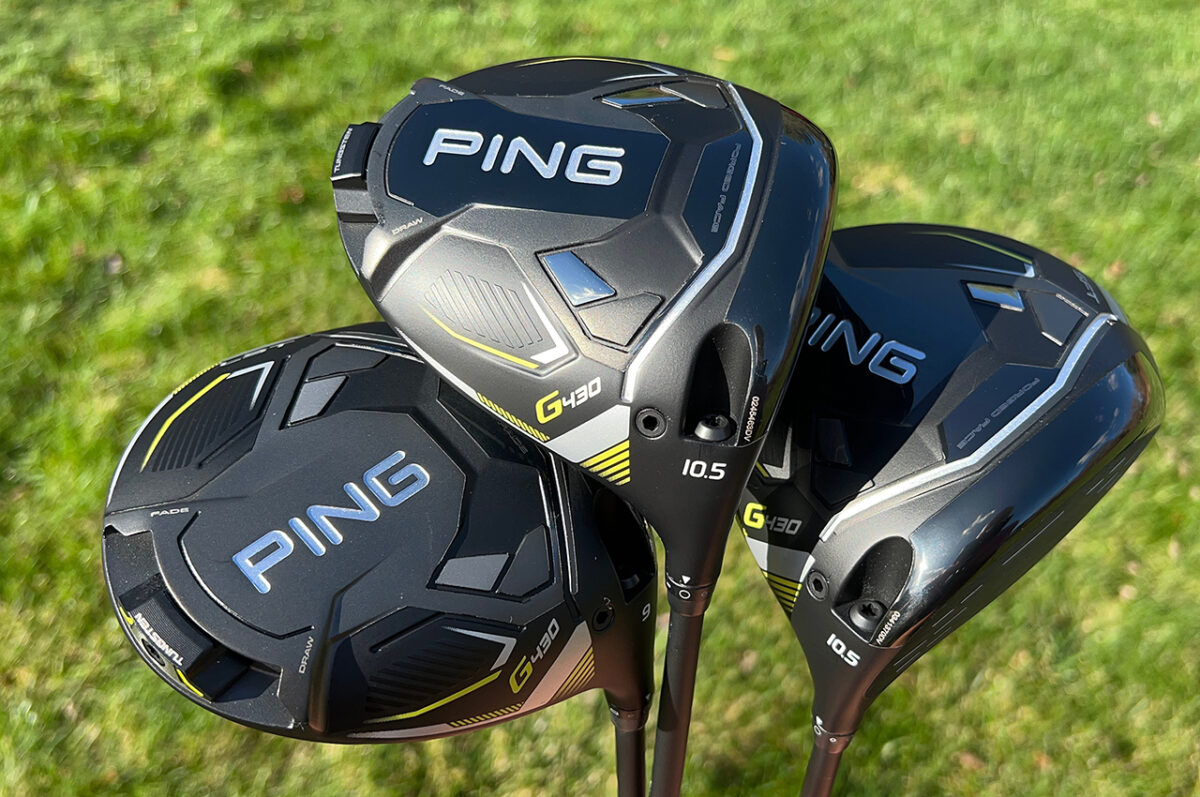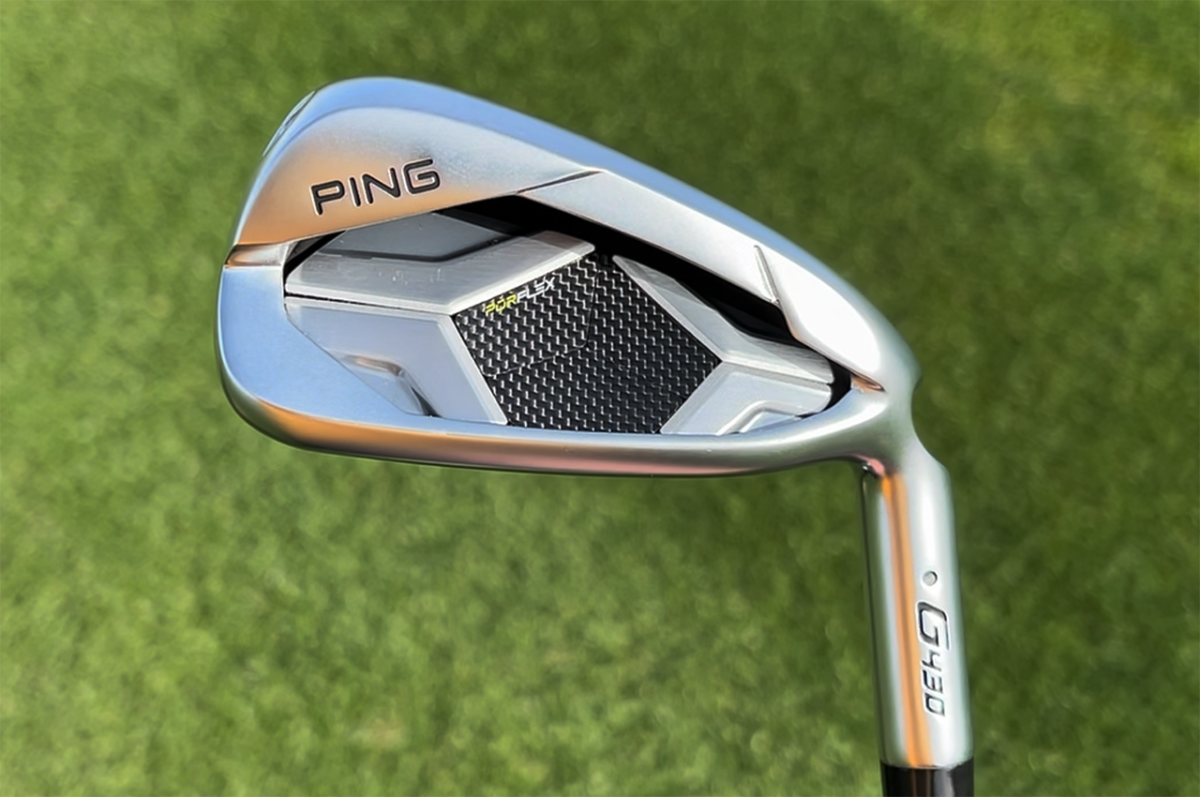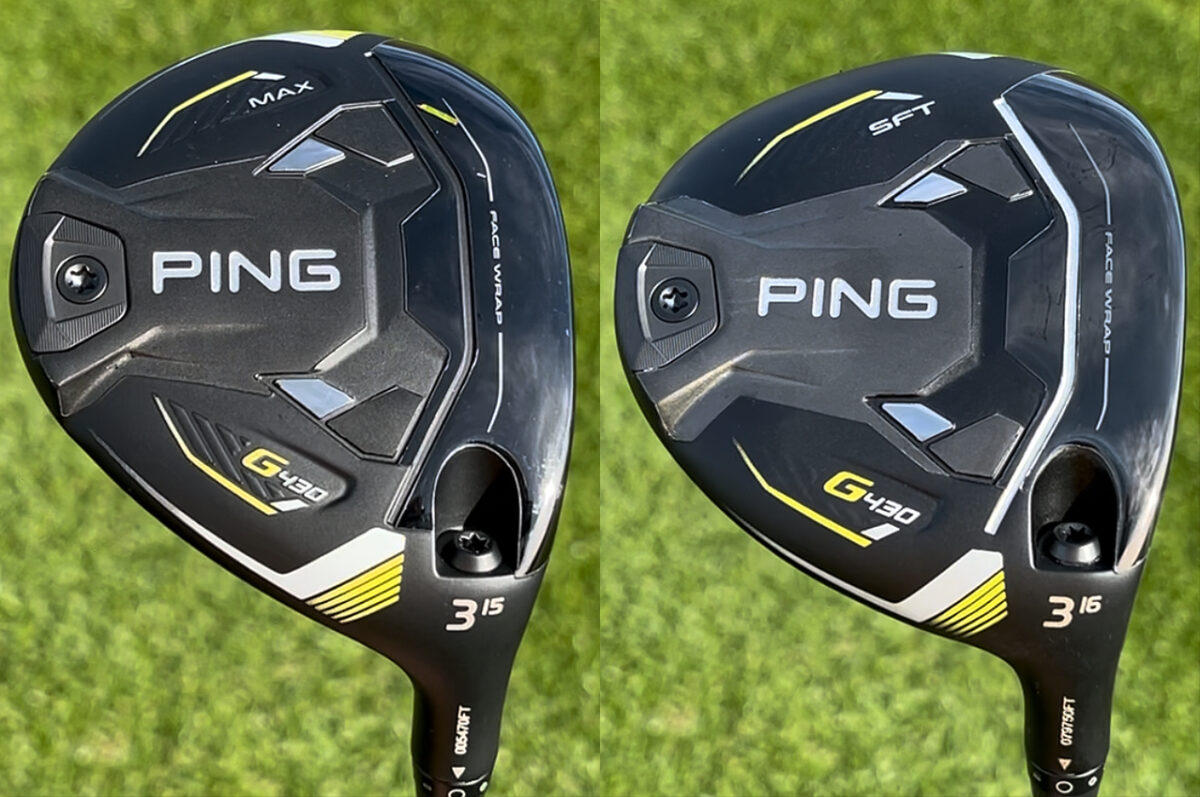Gear: Ping G430 Max, G430 LST, G430 SFT drivers
Price: $600 for the G430 Max or G430 SFT with Ping Alta CB Black 55 shaft, Project X HZRDUS Smoke Red shaft or Mitsubishi Kai’ Li White shaft and Golf Pride 360 Tour Velvet grip. $630 for the G430 LST.
Specs: Forged titanium face and chassis with adjustable weights and adjustable hosel. Carbon fiber crown for the LST. Lofts: 9, 10.5, 12 degrees for the G430 Max; 9, 10.5 degrees for the G430 LST; 10.5 degrees for the SFT
Available: Jan. 26
[mm-video type=video id=01gpe2e11jsyf7vhtt00 playlist_id=none player_id=01f5k5vfbhv59szck1 image=https://images2.minutemediacdn.com/image/upload/video/thumbnail/mmplus/01gpe2e11jsyf7vhtt00/01gpe2e11jsyf7vhtt00-e2b71286fd0e44cbcc5d5b1f0cbd8057.jpg]
Who They’re For: The G430 Max is the most stable and forgiving of the new offerings, while the SFT version has the most significant draw bias to help slicers. The LST model creates the least spin and lowest ball flight.
The Skinny: Ping believes that the G430 drivers’ adjustability and fitting options should allow nearly any player to find a club that offers more distance with increased stability and forgiveness thanks to an improved face design, updated internal rib structures, an adjustable hosel and moveable weights.
The Deep Dive: Ping released the G425 drivers in January 2021, and pros such as Viktor Hovland and Tony Finau quickly transitioned into the new clubs. Last fall, after the 2021-22 PGA Tour season concluded, Ping made the new G430 drivers available to professionals for the first time at the Shriners Children’s Open in Las Vegas. The three new drivers – the G430 Max, LST and SFT – were designed for three different types of players, but they share some core technologies.












